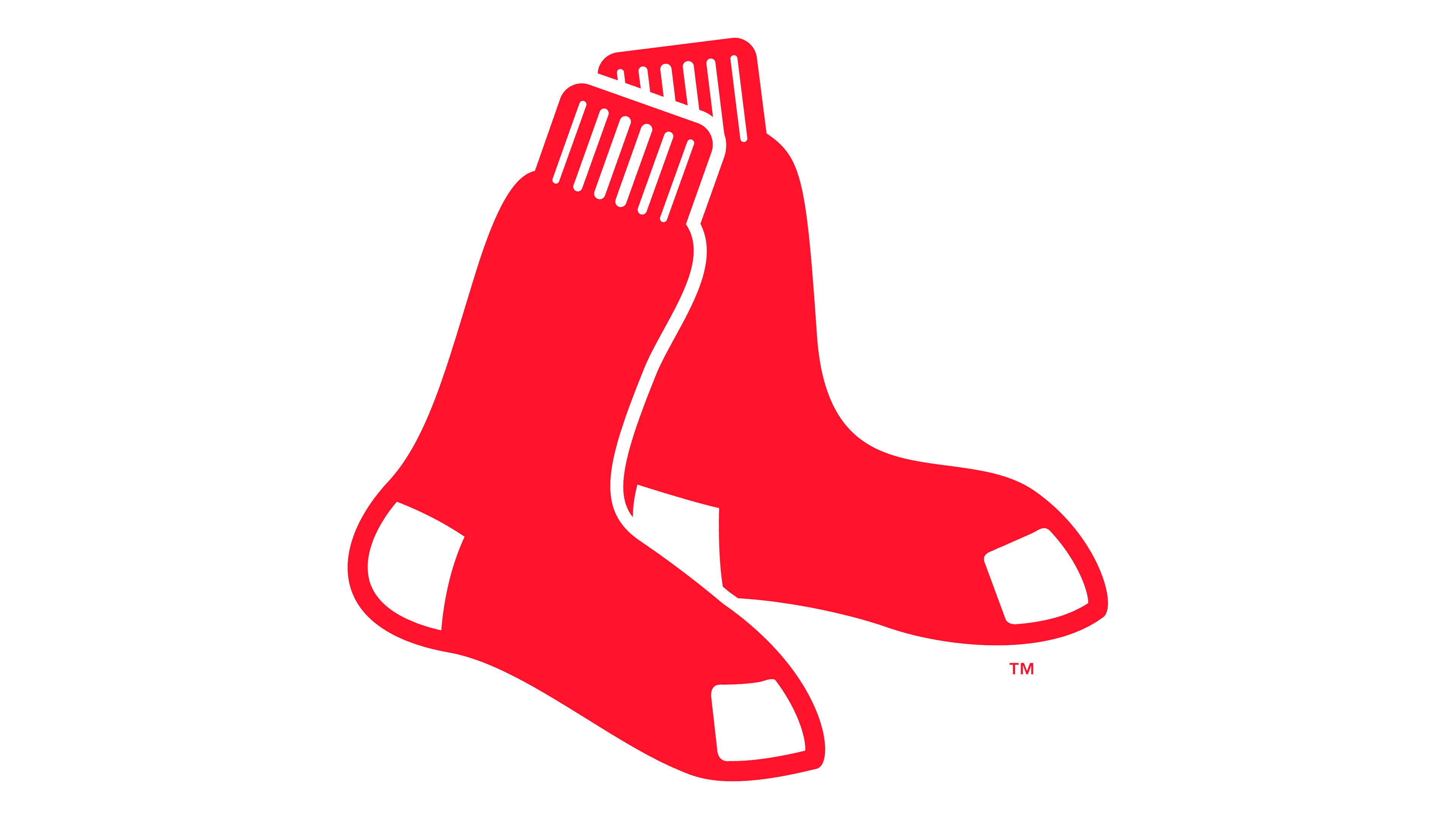The Boston Red Sox are among the more established and prosperous baseball clubs, with a rich past and an excellent portfolio of achievements. The Red Sox, who won nine World Series, had several outstanding players, including David Ortiz, Carl Yastrzemski, and Pedro Martinez. One such fascinating player was Babe Ruth, who was sold to the Yankees for several good reasons and gave rise to the Curse of Bambino.
Meaning and History
Established in 1901, the team officially took the name Boston Red Sox in 1908, adapting it from Boston Red. Along with the change in the name, they also added red socks to the uniforms for home games. When they traveled, the red was present in the trim and other details of their clothing. They were also known as “BoSox” or “Sox” for short. The team had a great start and won a World Series game just two years after their foundation. There were several more such wins in their history along with over ten AL pennants, which made them one of the top three clubs in the MLB.
What is Boston Red Sox?
The Boston Red Sox is one of the most famous and loved by fans professional teams in the American League’s MLB East Division. Although the seats are almost always filled with fans during their games, there was a game sellout record in the spring of 2013.
1901
Initially, the logo was very basic and featured just “Boston” printed in dark blue to form an arch. It was this color that gave the logo a professional and strong appearance. The uneven edge of the strokes makes it seem that it is a handwritten inscription. The strokes are rather thick and rounded ends give the logo an interesting touch.
1902
A more intricate design was created the next year and had the team’s initials printed using a Gothic style of font. Boston Americans continued to use the same shade of blue, which gave the logo a familiar look despite a rather drastic logo update.
1903 – 1907
The team brought back its original logo and used it for several more years.
1908
This logo rolled out as red stockings became part of their outfit. The name was now printed using a bold, geometric font. It ran diagonally across the leg of the stocking. The white color of the inscription was a perfect contrasting choice.
1909 – 1911
This logo very much resembles the original logo thanks to the arched form. However, the designers took the font and color from the previous logo. It was a perfect way to combine the new and the old in a symbolic way that reflected the history of the team and showed its new identity. Both the color and font choice also reflected the strength and determination of the Boston Red Sox.
1912 – 1930
The only change made to the logo from the earlier years was the replacement of the “Boston” with “Red Sox”. The font was made smaller to preserve the arch shape.
1931 – 1932
This logo reminds of a logo created in 1908. However, not only the shape of the stockings has changed, but there are two of them now. There is also nothing written on them. This shows that the team has earned recognition by this time and the red socks became closely associated with their identity.
1933 – 1949
Another simple and somewhat minimalistic logo version was presented in 1933. It was just the letter “B” printed using a Gothic font and bifurcated serifs. The red color, which was used by the team for several decades, got brighter, making the letter look light.
1950 – 1960
This is the most intriguing logo of the team. It has a red stocking stylized as a caricature baseball player. The image was complete with a yellow bat and yellow headband. The team surely knew how to enjoy the game and achieve impressive results at the same time.
1961 – 1969
The two stockings were brought back and now featured white heels and tips. There was also a new element – a baseball ball it served as the base for the logo and featured a typical white, black, and red color palette. There was no need for any inscriptions as the illustration told who the emblem belonged to without words.
1970 – 1975
The logo has barely changed since it was designed in 1970. The red color got slightly brighter, while the black lines now looked more like a dark blue and were notably darker. The direction of tee arrows on the ball as well as their count have also changed. The shape of the socks stayed unchanged.
1976 – 2008
The team decided to add its name to the logo. The earlier logo version became the center part of the new emblem. Around it, the logo had the full name with “Boston” being done using a dark blue bold font with slab serifs and a thin red outline. The “Red Sox”, on the other hand, featured a red color with a blue outline and Gothic font. A relatively thick red border completed the emblem and created a balanced look. The red, by the way, returned to a darker shade used earlier.
2009 – Today
A minimalistic and contemporary look was brought back. The fans have already seen a logo with just two socks, so it was not something new. The team surely wanted not only to modernize its logo but also to remind the fans about its long history.
Font and Color
Although for the first few years the team used a dark blue color for its logo, it is the bold red that is associated with the Sox. Over the course of its history, it shaded shades, going back and forth between darker crimson color and more vivid red. In all the cases, it looked powerful and attracted attention.
There were two main fonts in the history of the club. This was a sans-serif bold font with rounded ends and a more intricate Gothic style font. The team has also combined two fonts in one of its logos, using a bold font with slab serifs along the Gothic font. In some cases, the designers created logos without any inscriptions.















